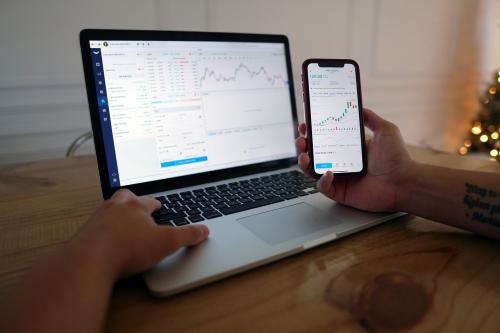Why do investors focus on governance? Well, numerous studies have shown a positive connection between good governance and higher stock prices as well as easier and cheaper access to capital.
But there are plenty of cases where supposedly ‘good’ governance turns out to be a rotten apple. One reason can be that checking the boxes on governance structures can easily disguise dangerous weaknesses in actual governance and management.
This passive approach did not prevent governance meltdowns such as Enron, WorldCom, Lehman Brothers and, recently, Signa. They all published extensive governance reports that checked most of the boxes typically considered to indicate good governance.
And some ESG rating companies don’t seem to be truly uncovering poor governance. An example is Sustainalytics giving a ‘negligible risk’ rating (awarding 6.7/10 points) for Signa, an Austrian real estate company that defaulted on several loans, causing a $679 mn loss at Swiss private bank Julius Baer.
As investors become more critical, IR professionals can easily make a stronger case for their company by publishing more quantifiable areas of governance such as risk management.
Legal risk and liquidity risk
The SEC and most top stock exchanges require that companies report ongoing legal cases and the fines they risk paying each year. These fines are typically paid in cash and can be in the billions, thus eating up a company’s liquid assets.
A simple ratio can help put legal risk into perspective: legal risk is equal to the likely fines last year divided by liquid assets next year. If this ratio is much higher than 0.1, it should be a red flag for investors.
Detailed reporting on risk management
Granular reporting on risk-management results and processes is a way of inciting investor confidence. In particular, industries exposed to multiple layers of risk such as mining, oil & gas, airlines and banks should be detailing their processes and resources managing these risks.
In its current 10K filing to the SEC, for example, ExxonMobil expects to spend $8.2 bn to handle environmental risks and reduce emissions. Roughly half are expensed and the other half are capital expenditures.
In essence, the more quantitative data and details on risk management, the better. The following areas are typical across industries.
Past results and trend, including:
- History of fines paid and areas where they are paid
- Risk-mitigating measures and their results
- Trends in fines or legal problems
- Environmental risks (for industries)
- Sentiment & reputation trackers
- Annual governance reports and updates in quarterly reports
- Processes and data
- Board and executive oversight of risk management, people involved and their qualifications
- Risk measurement/control and models used and quantitative risk data on these risks:
- Financial risks (liquidity, credit, price, interest rate, exchange rate, inflation)
- Systemic, macro risks (including political)
- Legal risk
- Cyber-risk, including a data-breach contingency plan
- Critical incident risk
- Employee training in mitigating risks, including health & safety, ethics
- Quality control processes in all areas, from R&D to production and distribution
- Cost of equity capital vs governance indicator
- Outlook
- Actions and timetable for mitigating risks in the future
- Projections on quantifiable risks.
While companies describe these risks in some detail in their SEC filings, a lot is described in legalese and non-quantitative terms. To impress investors, IR professionals should treat governance like any other performance area, using charts and quantitative tracking to demonstrate their companies’ governance.
It's easier said than done, but focusing in on the areas which their shareholders truly care about will be of benefit in the long run.









